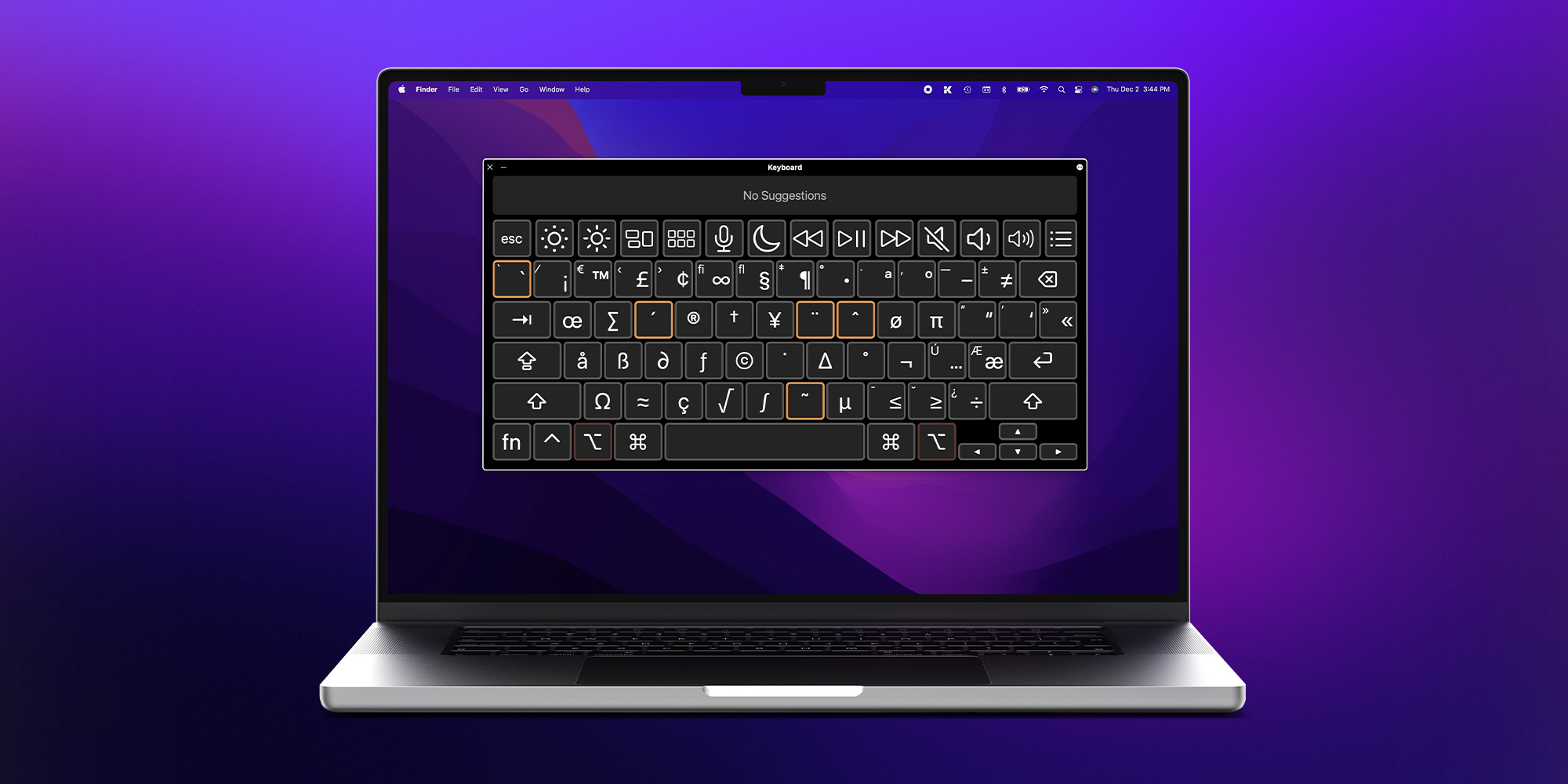
Whereas the Alt key’s most popular function is to control the menus in Windows programs, the Option key on the Mac is a “miscellaneous” key that triggers secret functions and special characters.įor example, when you hold down the Option key as you click the Close or Minimize button on a Macintosh window, you close or minimize all open desktop windows. Still, these two keys aren’t exactly the same. For example, in Microsoft Word, the keyboard shortcut for the Split Document Window command is Alt+Ctrl+S in Windows, but Option-⌘-T on the Macintosh. In many situations, keyboard shortcuts that involve the Alt key in Windows use the Option key on the Mac. This is the closest thing the Mac offers to the Windows Alt key. On North American Mac keyboards, a key on the bottom row is labeled both Alt and Option. Here’s your cheat sheet to the menu keyboard symbols: represents the Shift key, means the Option key, and refers to the Control key.Īlt key. Unfortunately, they’re represented in the menu with goofy symbols instead of their true key names.

Commit the ones you like the most to memory or keep this guide handy while you use your Mac.Mac keyboard shortcuts are listed at the right side of each open menu, just as in Windows. If you’re having trouble keeping all of your favorite shortcuts straight, here’s a guide to the best macOS shortcuts organized by key features and categories. The Mac offers several different modifier keys, including Command, Shift, Option, Control, and Fn.

But other handy shortcuts-such as Control + Command + F to display your current window full screen or Shift + Command + 3 to take a screenshot-are tough to remember because you probably don’t use them frequently enough. Certain universal shortcuts-such as Command + Z for undo or Command + C for copy-are probably stuck in your head after so many years of using them. With so many available, you’d be hard-pressed to remember more than a handful.

There’s only one problem with keyboard shortcuts. Whether you’re using a desktop or laptop, keyboard shortcuts are always available to you as a quick way to run a command, open a program, or perform a certain task. But there’s another way to control your Mac: keyboard shortcuts. You can even handle it with your voice using the built-in Voice Control or Siri. You typically navigate your Mac with the click of a mouse or the swipe of a trackpad. How to Set Up Two-Factor Authentication.How to Record the Screen on Your Windows PC or Mac.How to Convert YouTube Videos to MP3 Files.



 0 kommentar(er)
0 kommentar(er)
